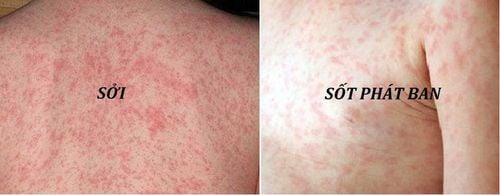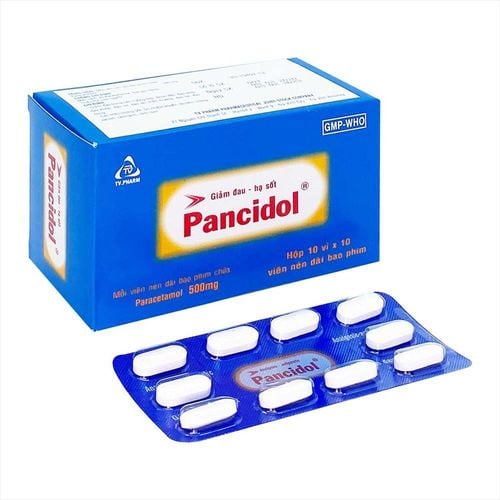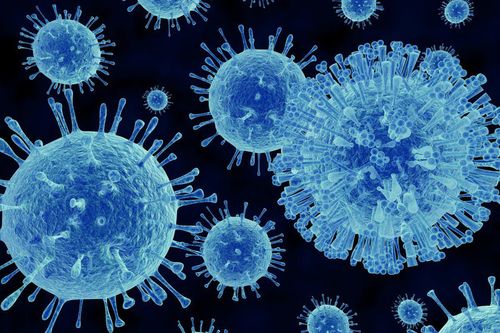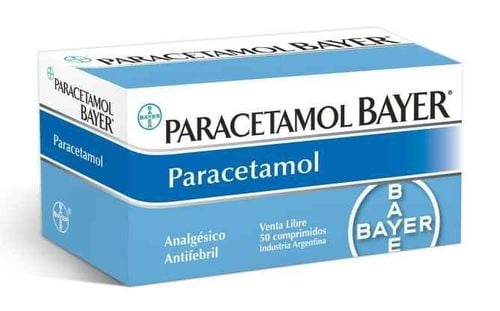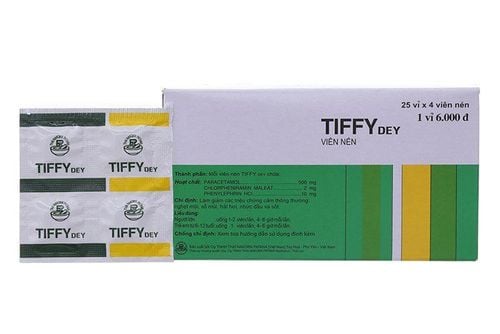This is an automatically translated article.
Typhus and dengue both have a typical initial symptom of high fever, but the two diseases are completely different. To distinguish typhus from dengue fever, we can manually stretch the skin at the rash or perform diagnostic tests.1. What is typhus?
Typhus is a disease characterized by fever and red rash, caused by many viruses. However, the two most common causes of typhus are the measles virus and the rubella virus. Typhus is common in young children, mainly spread through the respiratory route by direct contact with secretions from the nose and throat of an infected person when coughing or sneezing.After the incubation period (usually in 7 days), the child begins to show typical symptoms:
Fever: Mild fevers or high fevers (from 38 - 40oC), often fever in episodes; Erythema: usually appears within 12-24 hours after fever. The degree of rash or erythema depends on the characteristics of the virus causing the disease and the condition of each baby. One feature that can distinguish typhus from other types of fever is that the rash in typhus will disappear almost immediately if a skin tightening is performed in the area of the rash. The rash appears for about 3 to 5 days and then goes away completely. Some accompanying symptoms: Runny nose, sneezing, fatigue, sluggishness, red eyes, loss of appetite, fussiness, digestive disorders, diarrhea. In addition, some children may have symptoms of sore throat and swollen lymph nodes in the neck. Most children with typhus from day 4 on will gradually reduce fever, eat and drink. However, if not detected and treated promptly, typhus can have serious consequences for children's health. In particular, the disease becomes more and more dangerous for children with poor resistance, malnutrition, children under 12 months of age, and frail health. Some common complications from typhus include: Severe pneumonia, otitis media, meningitis, corneal ulceration (risk of permanent blindness), severe malnutrition after measles infection.
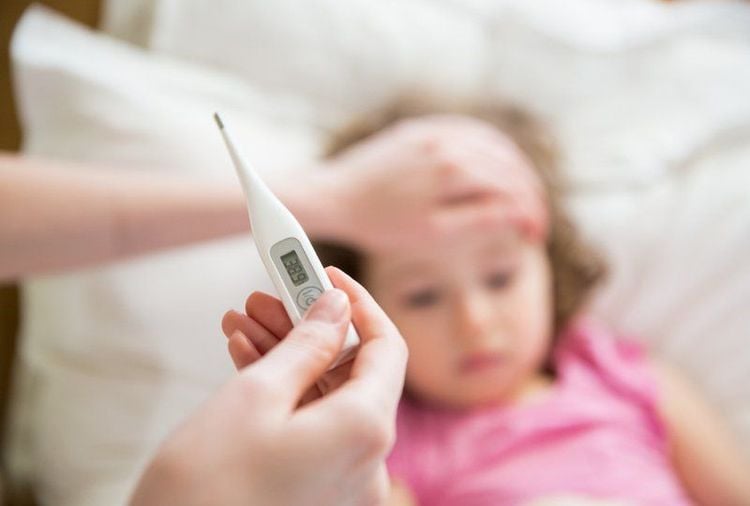
Biểu hiện đặc trưng của sốt phát ban là sốt theo từng cơn
2. What is Dengue?
Dengue fever is an acute infectious disease caused by the Dengue virus, transmitted by mosquitoes, sucking the blood of an infected person and then passing it on to healthy people. The disease often breaks out into epidemics in the rainy season, with erratic weather (with rapid spread, many people infected at the same time, in the same area). Dengue fever is quite erratic and the symptoms are easily confused with the symptoms of other diseases. If the patient is not detected and diagnosed early, the treatment is relatively difficult, even at risk of death. There is currently no specific treatment or vaccine for dengue fever.The main symptoms of the disease are fever and hemorrhage:
Fever: The patient has a sudden high fever from 39 - 40oC, continuously for 2-7 days. Symptoms of fever do not improve with antipyretic drugs. Hemorrhagic: When the fever begins to decrease, the patient develops a hemorrhagic rash. Red spots or bruises on the skin, sometimes bleeding in the mucosal areas, such as bleeding gums, nosebleeds, red eyes, accompanied by abdominal pain, vomiting. About 30% of dengue cases get worse on the 3rd - 7th day after the onset of the disease. Note that if the patient is obese or under 12 months old, if not diagnosed early and treated promptly, the disease is at risk of causing dangerous complications, serious health effects, and even life-threatening illness. to children's lives.
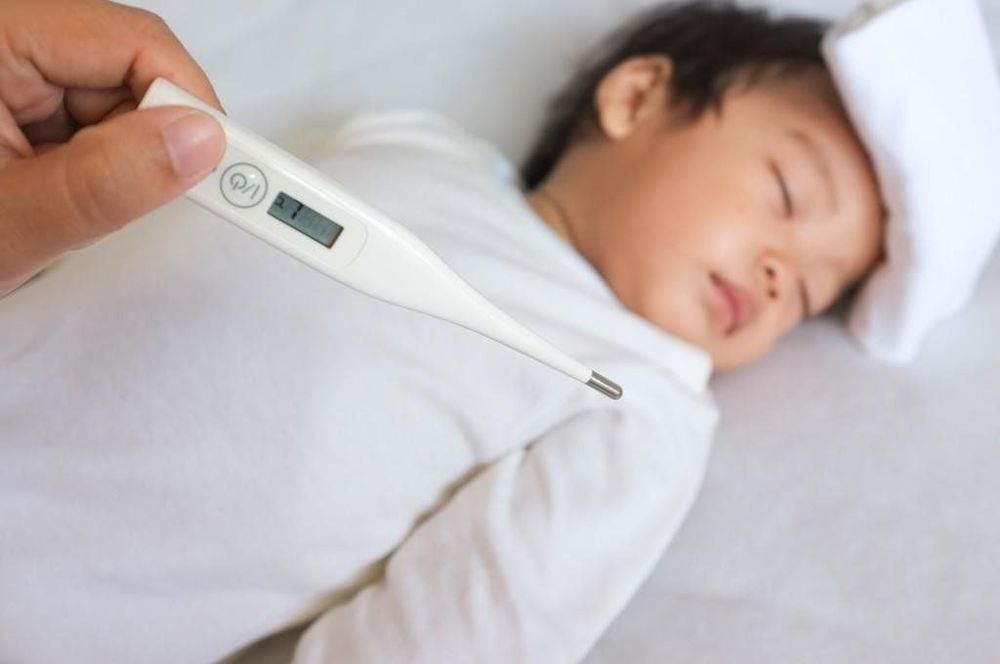
Bệnh nhân có biểu hiện sốt cao đột ngột từ 39 - 40oC, liên tục trong 2 - 7 ngày
3. How is typhus different from dengue fever?
The simplest way for parents to distinguish typhus from dengue fever is to use the thumb and index finger to stretch the skin at the rash (the site of the rash) or stretch the congested skin. After stretching the skin, if the red spot disappears, if it is released, the red color will return immediately, indicating that this is a rash of typhus. Conversely, if you still see a tiny red dot that doesn't go away after a skin tightening, it's a dengue rash.However, in order to be able to distinguish typhus and dengue fever most accurately, as well as avoid the risk of medical confusion, the best solution for parents is to take their child to a medical facility. medical care for timely examination, consultation and treatment as soon as the child shows the first abnormal signs. This will ensure the correct diagnosis, the most accurate treatment and help the child recover quickly, avoiding dangerous complications.
Please dial HOTLINE for more information or register for an appointment HERE. Download MyVinmec app to make appointments faster and to manage your bookings easily.




